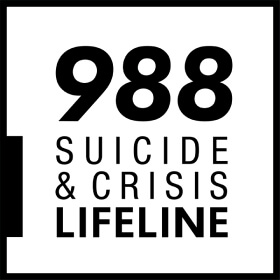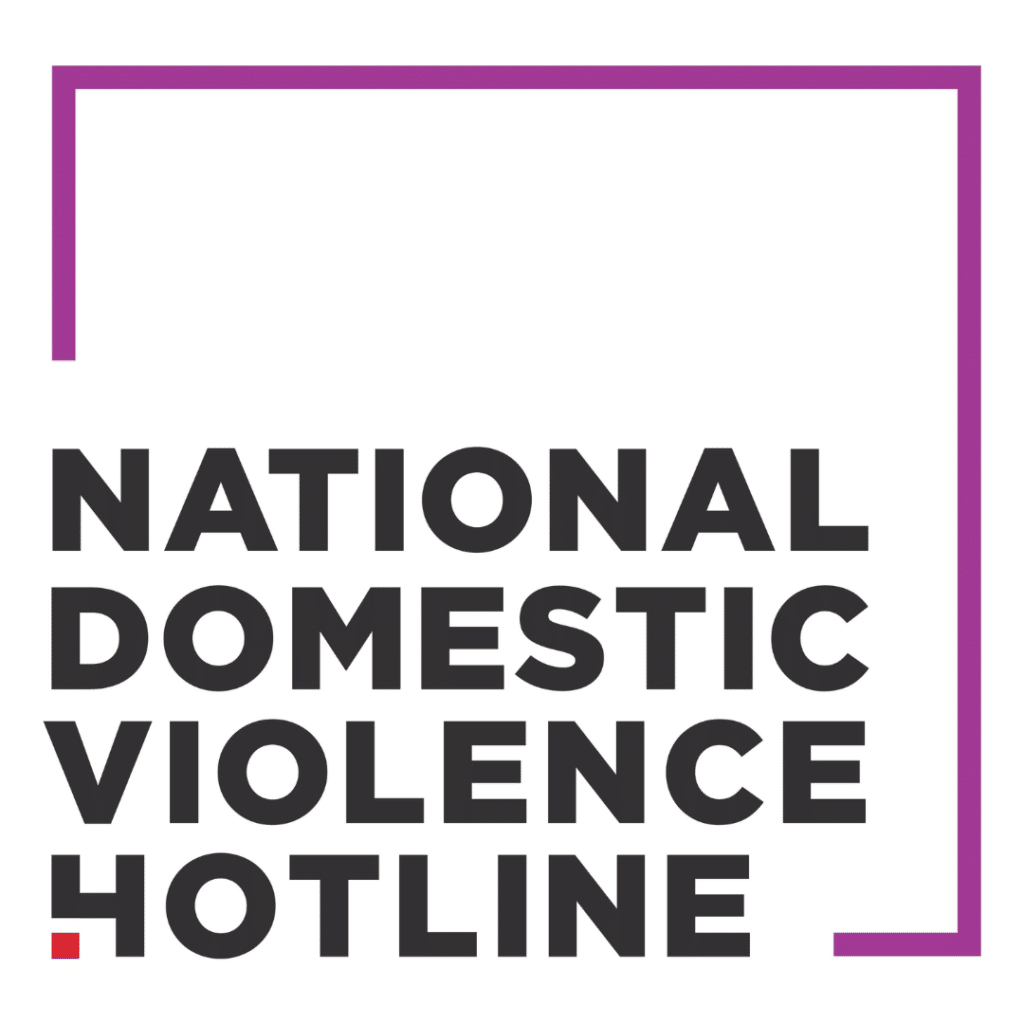What is Post-Traumatic Stress Disorder?

Post-traumatic stress disorder (PTSD) is a psychological disorder often developed after having a traumatic experience, including acts of sexual violence. Research estimates that one month after a sexual assault, 75% of people meet the criteria for PTSD. One year later, 41% of those survivors still meet the criteria for PTSD.1
PTSD is a diagnosis listed in the DSM-5. The diagnostic criteria for PTSD according to the latest edition of the DSM is as follows:
Criterion A: Stressor (one required)
The person was exposed to: death, threatened death, actual or threatened serious injury, or actual or threatened sexual violence, in the following way(s):
- Direct exposure
- Witnessing the trauma
- Learning that a relative or close friend was exposed to a trauma
- Indirect exposure to aversive details of the trauma, usually in the course of professional duties (e.g., first responders, medics)
Criterion B: Intrusion symptoms (one required)
The traumatic event is persistently re-experienced in the following way(s):
- Unwanted upsetting memories
- Nightmares
- Flashbacks
- Emotional distress after exposure to traumatic reminders
- Physical reactivity after exposure to traumatic reminders
Criterion C: Avoidance (one required)
Avoidance of trauma-related stimuli after the trauma, in the following way(s):
- Trauma-related thoughts or feelings
- Trauma-related external reminders
Criterion D: Negative alterations in cognitions and mood (two required)
Negative thoughts or feelings that began or worsened after the trauma, in the following way(s):
- Inability to recall key features of the trauma
- Overly negative thoughts and assumptions about oneself or the world
- Exaggerated blame of self or others for causing the trauma
- Negative affect
- Decreased interest in activities
- Feeling isolated
- Difficulty experiencing positive affect
Criterion E: Alterations in arousal and reactivity
Trauma-related arousal and reactivity that began or worsened after the trauma, in the following way(s):
- Irritability or aggression
- Risky or destructive behavior
- Hypervigilance
- Heightened startle reaction
- Difficulty concentrating
- Difficulty sleeping
Criterion F: duration (required)
Symptoms last for more than 1 month.
Criterion G: functional significance (required)
Symptoms create distress or functional impairment (e.g., social, occupational).
Criterion H: exclusion (required)
Symptoms are not due to medication, substance use, or other illness.
Two specifications:
- Dissociative Specification: In addition to meeting criteria for diagnosis, an individual experiences high levels of either of the following in reaction to trauma-related stimuli:
- Depersonalization: Experience of being an outside observer of or detached from oneself (e.g., feeling as if “this is not happening to me” or one were in a dream).
- Derealization: Experience of unreality, distance, or distortion (e.g., “things are not real”).
- Delayed Specification: Full diagnostic criteria are not met until at least six months after the trauma(s), although onset of symptoms may occur immediately.
PTSD actually changes parts of the brain, leading to memory problems in survivors. The part responsible for memory and emotions, called the hippocampus, is actually smaller, but with treatment the related issues (such as memory issues, flashbacks and anxiety) can lessen. Self destructive behaviors and suicidal thoughts are also symptoms that survivors with PTSD may face. It is important to recognize the symptoms of PTSD to try and heal from the trauma(s). PTSD often coincides with other disorders like sleep disorder, dissociation, anxiety, and depression.
Sources
- Dworkin, E. R., Jaffe, A. E., Bedard-Gilligan, M., & Fitzpatrick, S. (2023). PTSD in the Year Following Sexual Assault: A Meta-Analysis of Prospective Studies. Trauma, Violence, & Abuse, 24(2), 497-514. https://doi.org/10.1177/15248380211032213
- American Psychiatric Association. (2013). Diagnostic and statistical manual of mental disorders (5th ed.). https://doi.org/10.1176/appi.books.9780890425596

988 Suicide and Crisis Lifeline
988 Lifeline is a national network of local crisis centers that provides free and confidential emotional support to people in suicidal crisis or emotional distress 24 hours a day, 7 days a week in the United States. We’re committed to improving crisis services and advancing suicide prevention by empowering individuals, advancing professional best practices, and building awareness.

National Sexual Assault Hotline
RAINN is the nation’s largest anti-sexual violence organization. RAINN created and operates the National Sexual Assault Hotline in partnership with more than 1,000 local sexual assault service providers across the country.
Phone: 800-656-4673
Chat: Click here to chat

VictimConnect Resource Center
VictimConnect is a referral helpline where ALL crime victims can learn about their rights and options confidentially and compassionately.
Phone and text: 855-4-VICTIM
Online chat: Monday-Friday from 9am to 5pm EST



